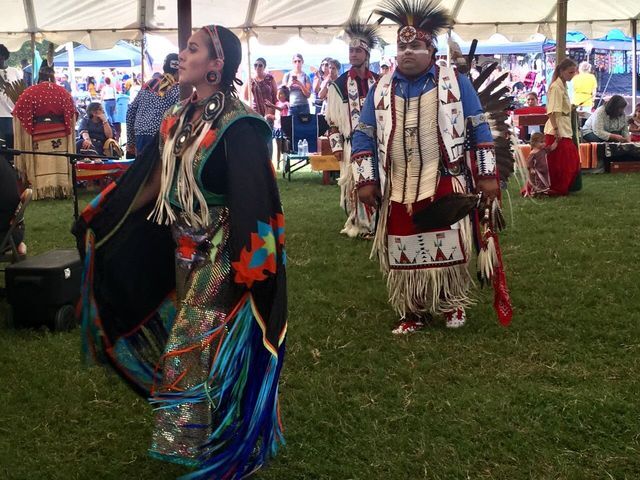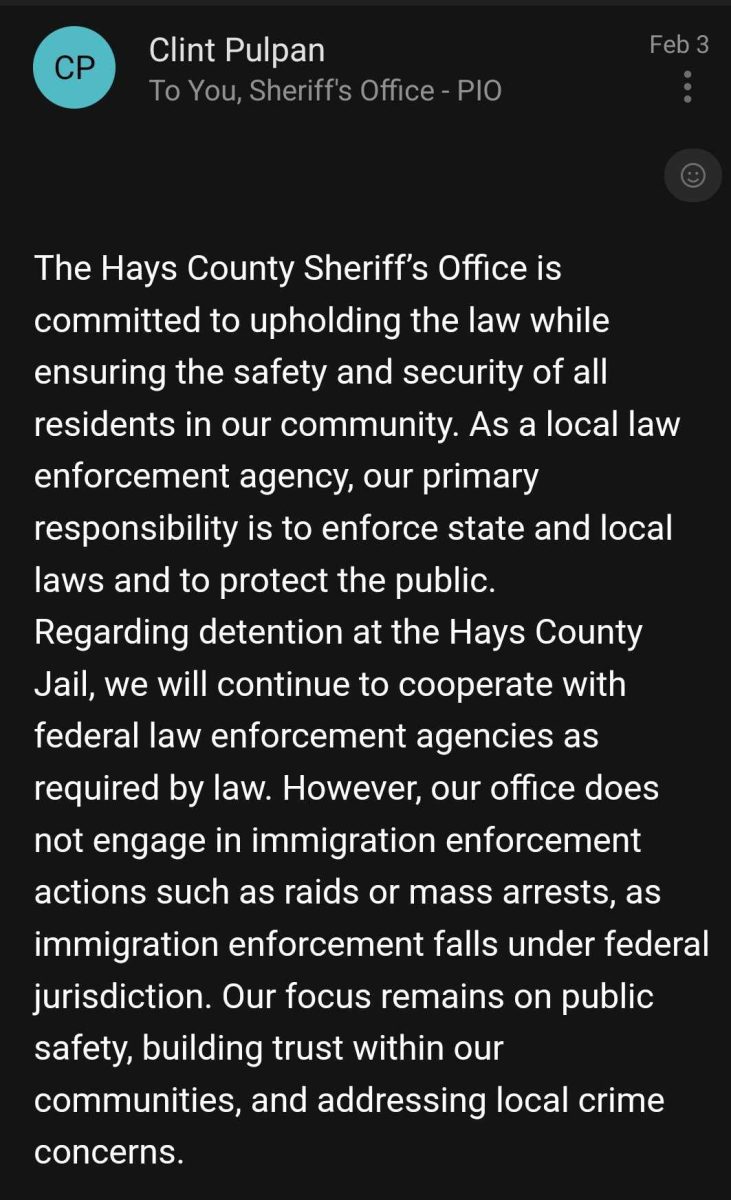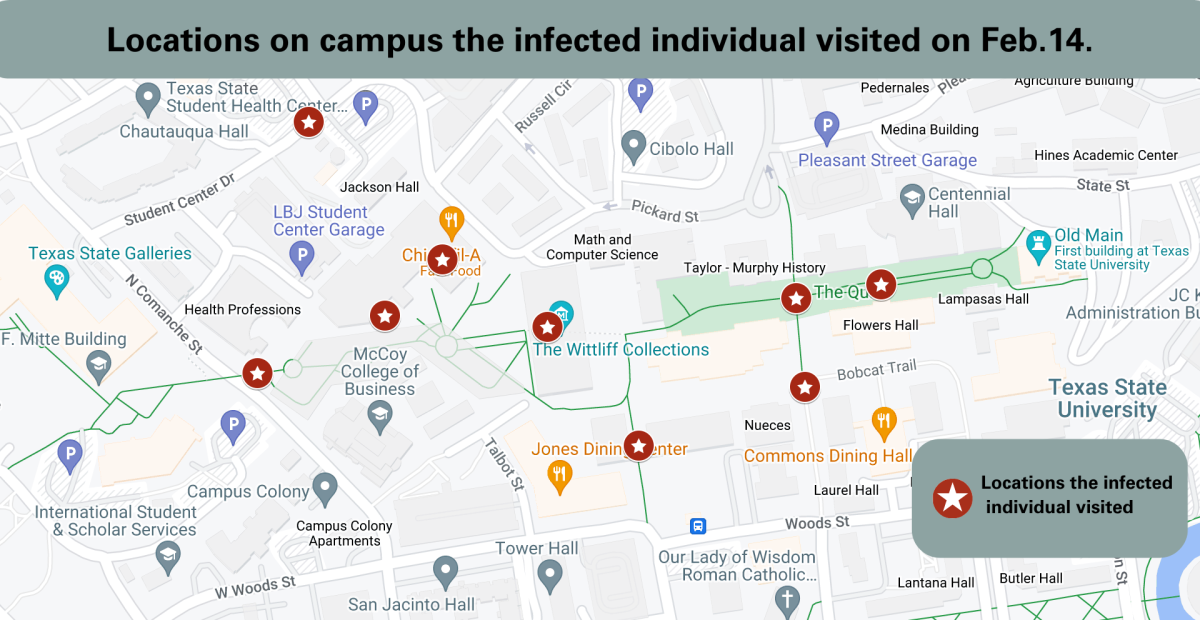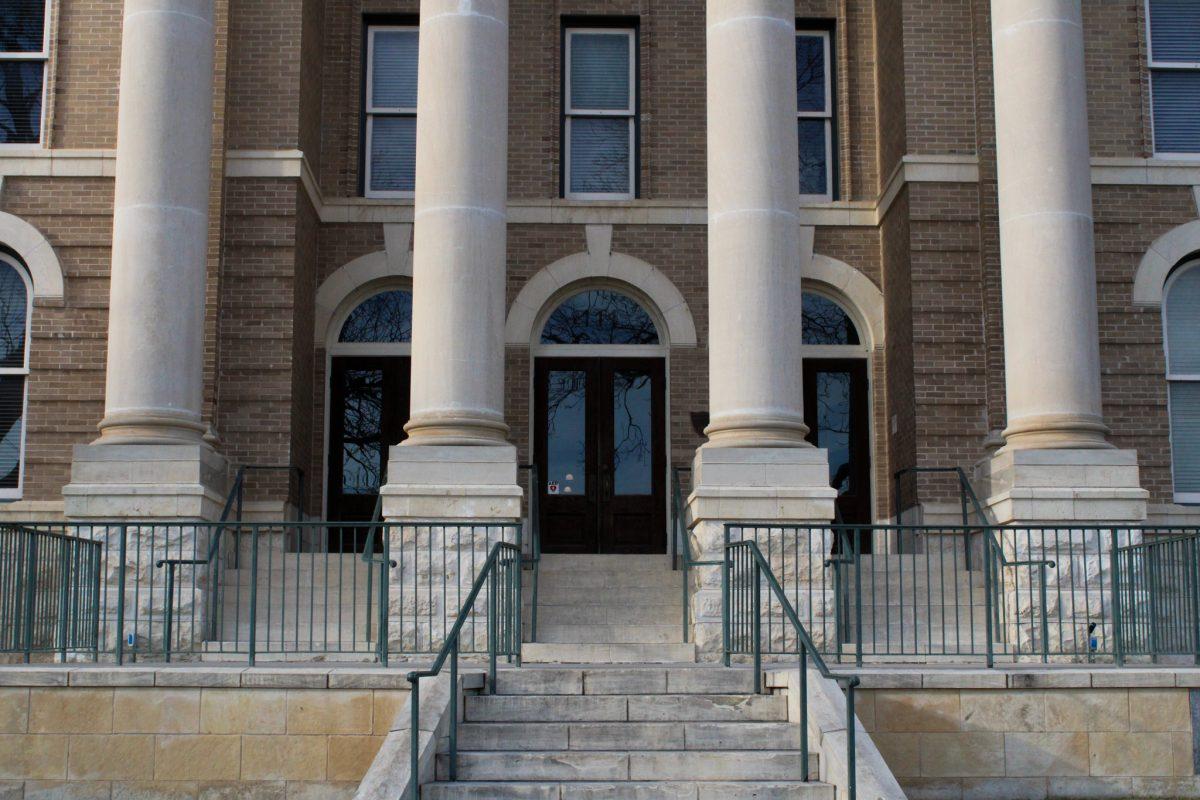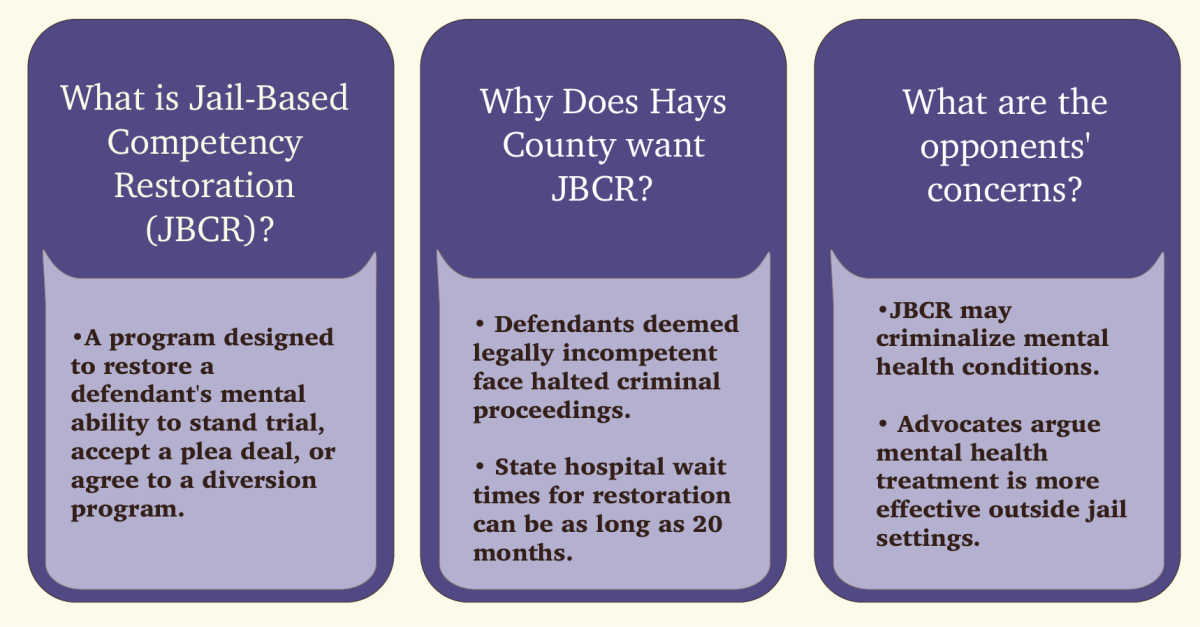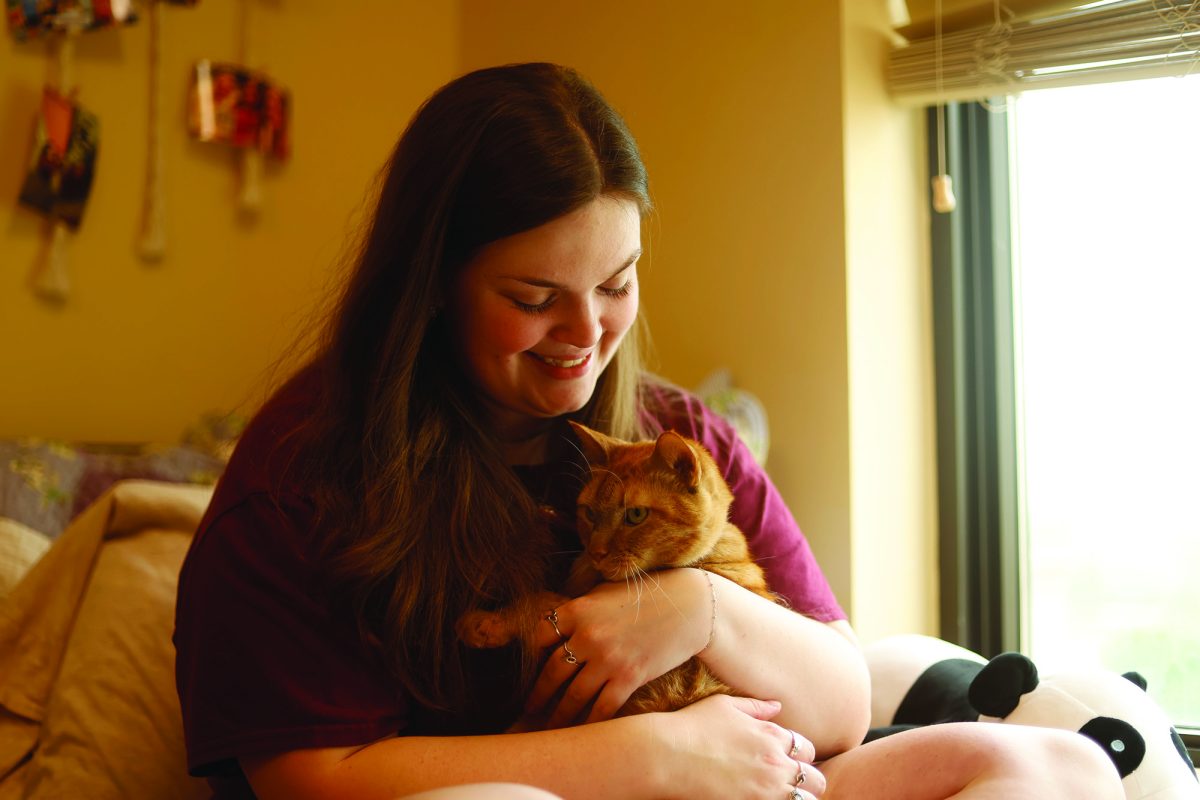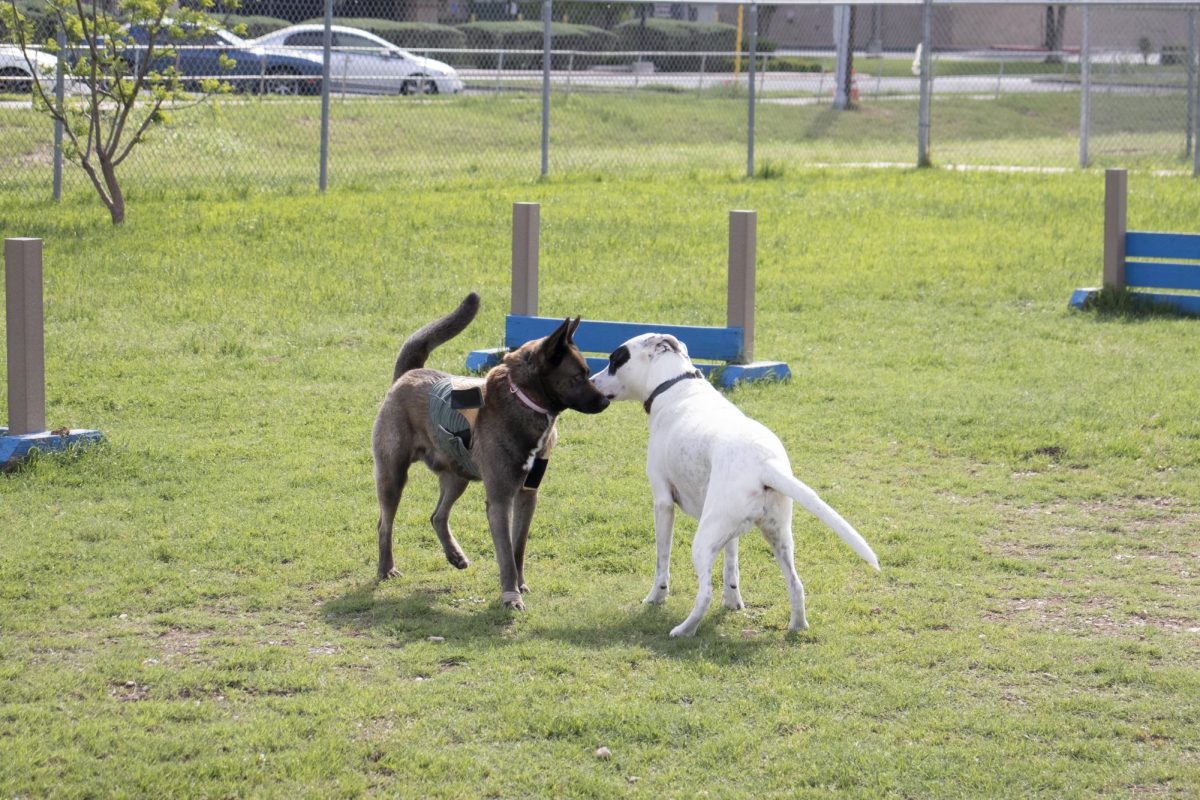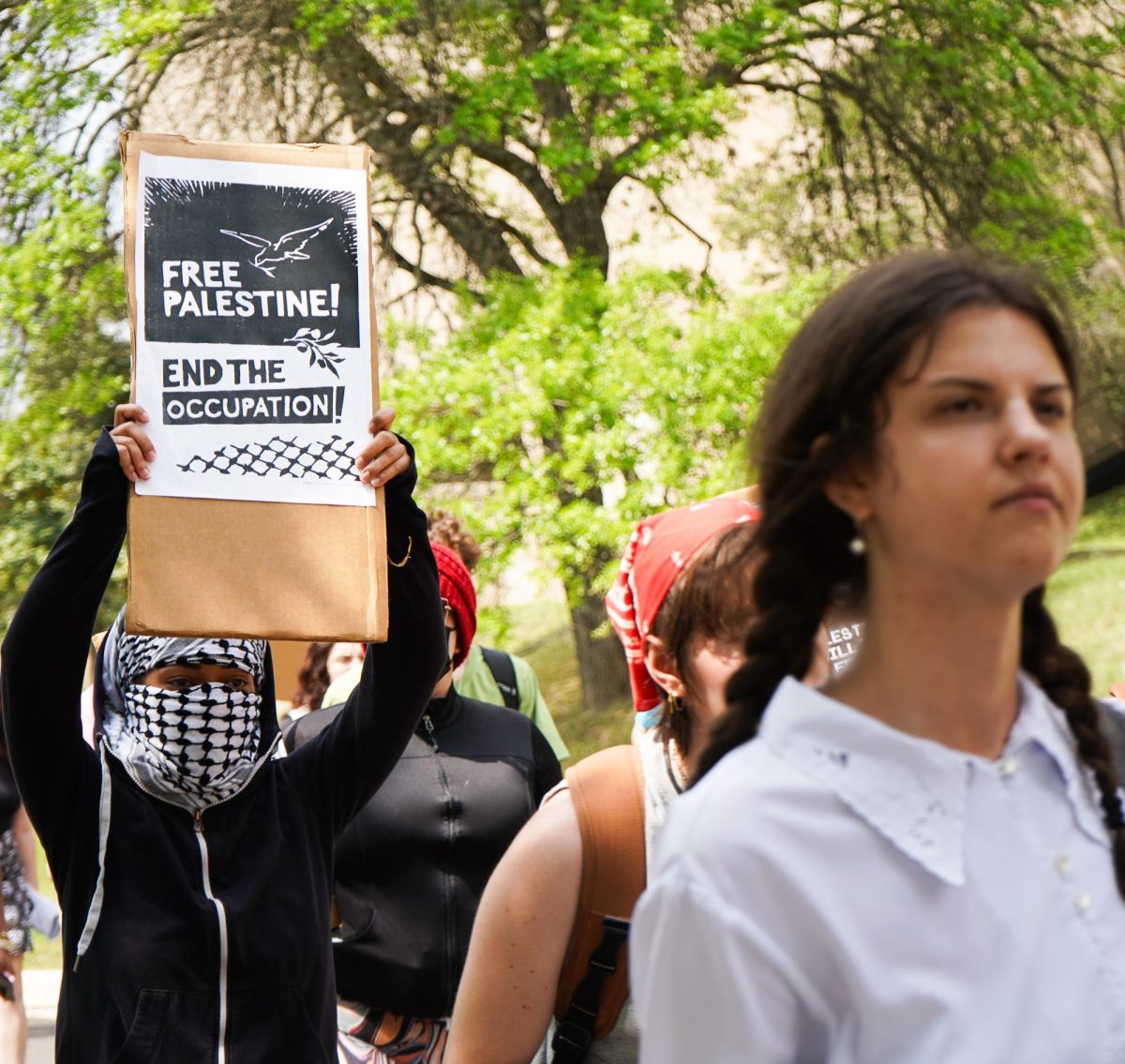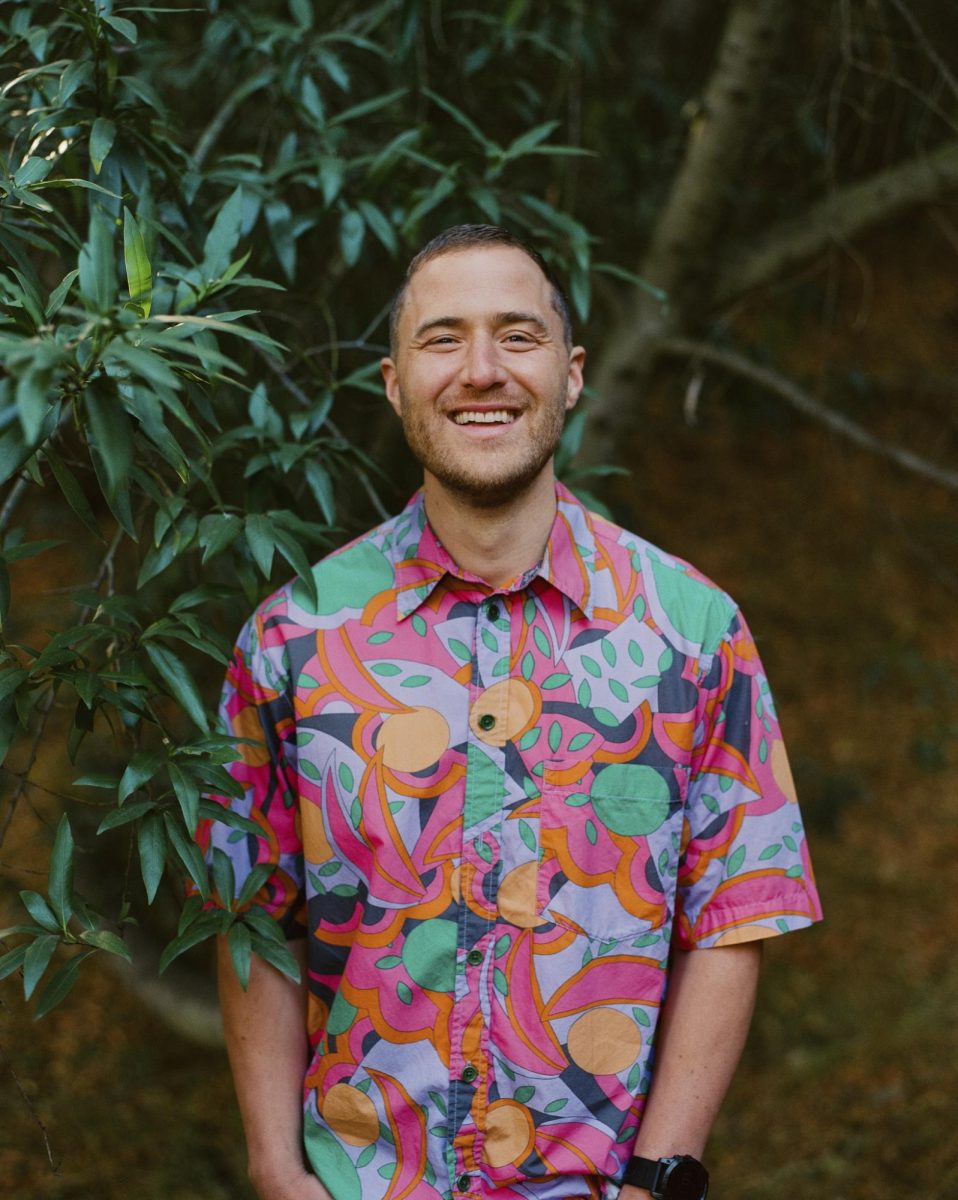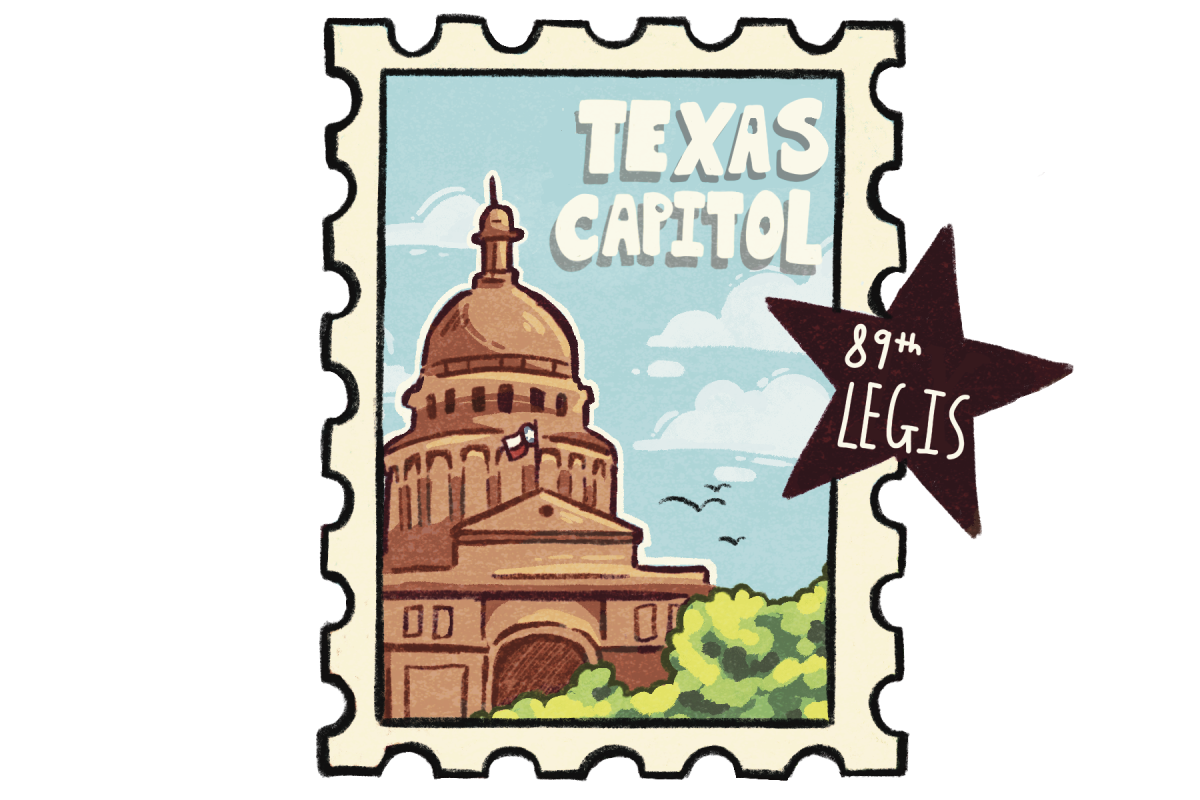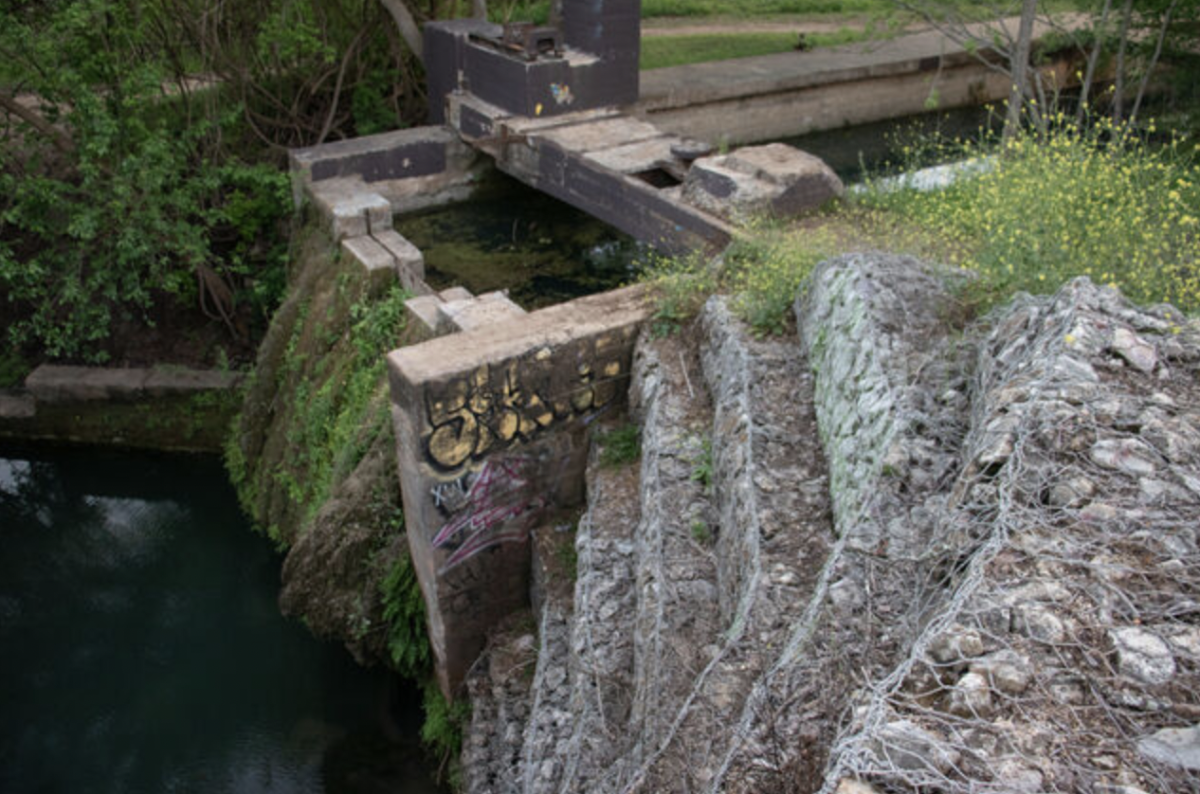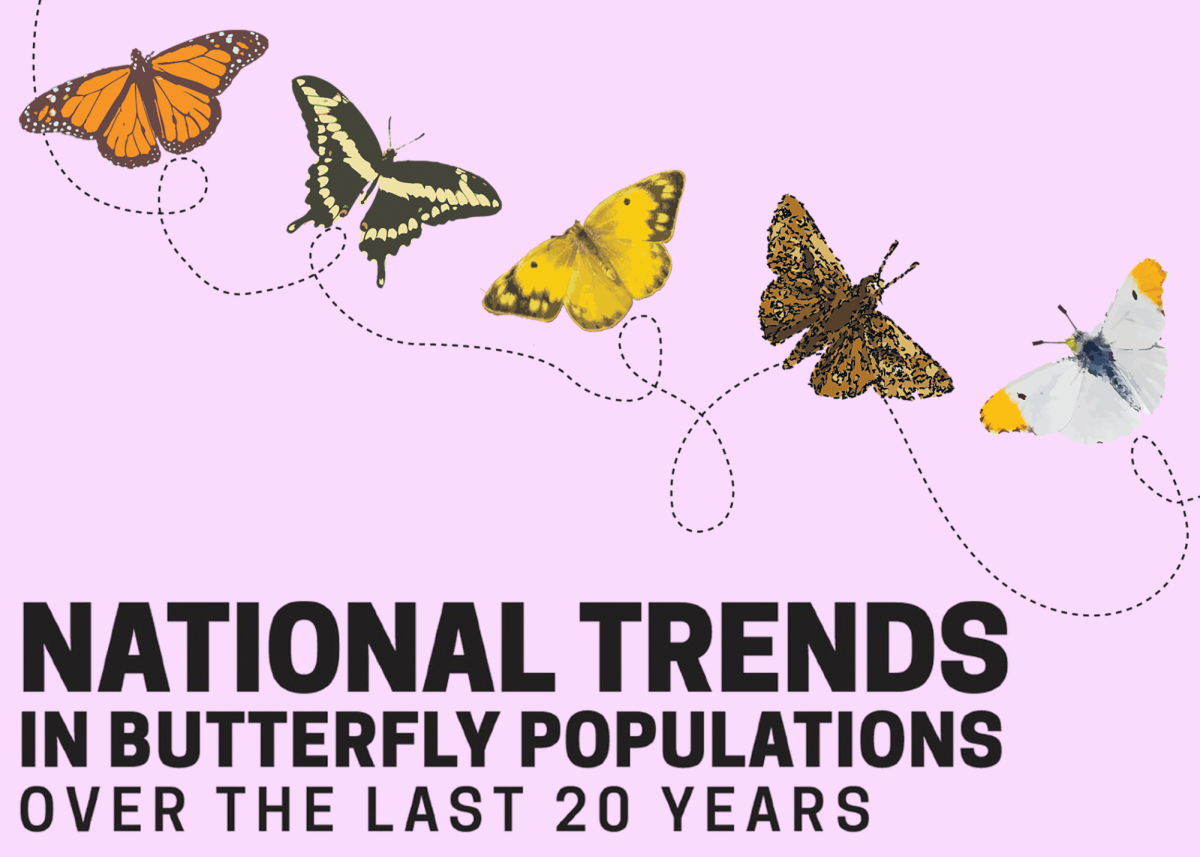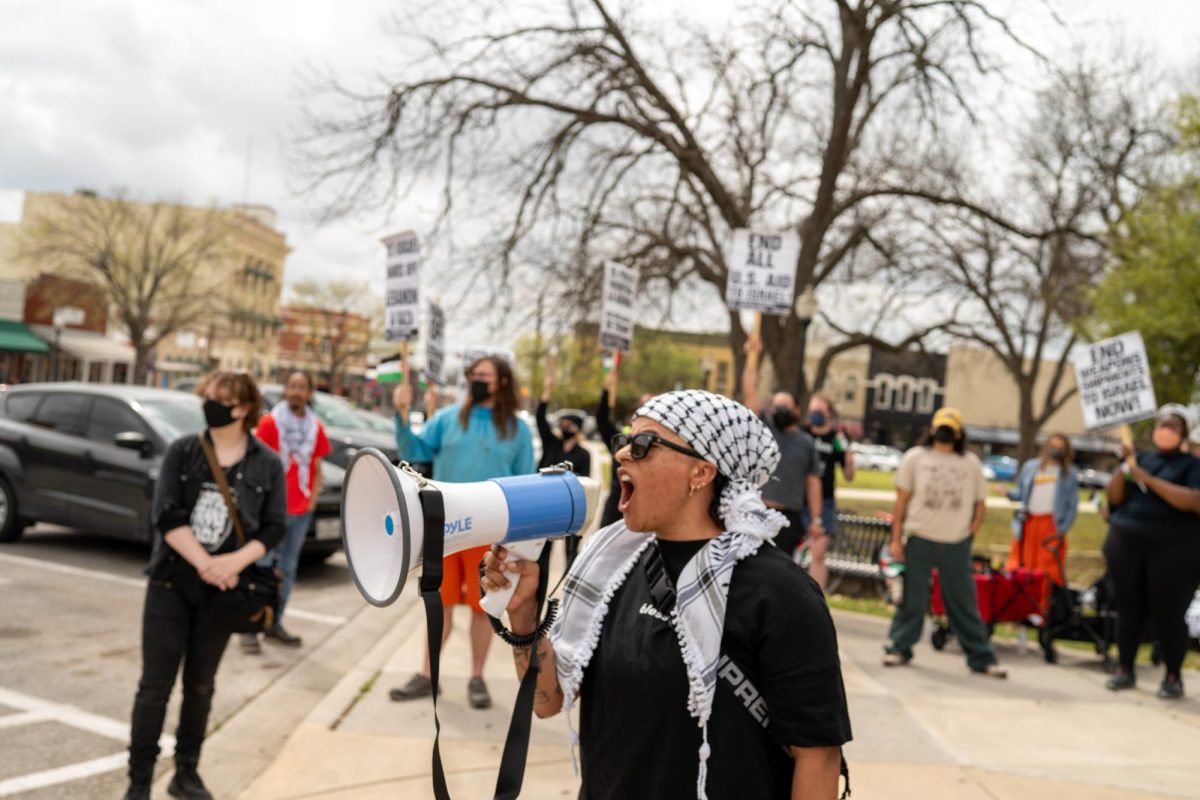With the formal establishment of the Council for the Indigenous and Tejano Community (CITC) now a reality, the Hays County community has taken time to reflect on its historical significance, the struggles endured to reach this point and the work that lies ahead.
The council’s goals are to tell undertold, written and oral Indigenous and Tejano stories along with providing cultural education and art projects. Tejano is defined as a Texan of Mexican descent and is viewed as an integral part of understanding Texas culture.
The establishment of the CITC was made due to the Hays County Historical Commission (HCHC) not having the full capability to support an Indigenous and Tejano committee.
“We have a Hays County Historic Commission charged with telling these sort of stories from the past, but there are so many stories starting to be shared,” says Ruben Becerra, Hays County judge. “I feel as though our traditional channels needed help in getting these stories out and sharing the information with the community at large.”
The CITC will be supervised by Gina Alba-Rogers, the appointed committee chair, and Irma Gaitan, the committee’s vice-chair. Both Alba-Rogers and Gaitan have previously served on the HCHC.
In a written statement to The University Star, Alba-Rogers explains the HCHC has progressed in recent years by addressing the lack of Indigenous and Tejano history. However, she says the arrival of the committee is a little too late for comfort.
“Promotion of this history by HCHC has been incredibly slow and not a priority despite its long neglect or resistance to boldly telling this history in public spaces like the County Courthouse,” Alba-Rogers says in the statement.
Becerra says he selected Alba-Rogers as committee chair because of her experience, caring attitude and reassurance.
“Specifically, because the [head] chair was the chair of the Tejano committee in the county’s historical commission, she led many changes on that front and was very successful and had much traction with that effort; that’s why I chose the leadership that I did,” Becerra says. “We had a proven track record of doing these things, and having these commitments and having the ties in the community for as long as they do.”
Samantha Benavides, a champion fellow with Mano Amiga, a nonpartisan, nonprofit organization that focuses on criminal justice reform, immigration rights and helping those in underrepresented communities, says having the CITC in Hays County is a critical step toward educating the community on Indigenous history.
“Personally, I think the way that history is so whitewashed in K-12 grade school, any opportunity for Indigenous and people of color to tell their story and tell their history is so crucial to understanding the bleak history of not only this county but this nation,” Benavides says.
Although she is upset about the reasoning surrounding why the council was made, Benavides is happy those who are not informed are being provided more outlets to learn and that Hays County’s history will now include stories of all people.
“It’s really shameful the way that they have to fight and break down barriers in order to tell their story because it’s already so whitewashed. I personally didn’t learn about the horrific ways Native Americans were treated until I was in college,” Benavides says. “It’s shameful, honestly, but it’s also so empowering to be breaking down those barriers, and they’re now taking control back for the community and out of the hands of those who run those institutions. Hays County is addressing a need that is not being felt by current systems now equity will be achieved.”
Benavides says she was not well educated on Latinx and Indigenous history while growing up, which is why she looks forward to what the CITC plans to share in the future.
“I’m so excited to see what this council brings,” Benavides says. “I am from Laredo, and I didn’t learn about the history of a lot of my cultural history, such as Latino lynchings. I didn’t learn about that until college, and I lived in Laredo. So, yeah, I am excited for what other pieces of history they are going to share.”
Mariana Zamora, the board of directors president for Centro Cultural Hispano de San Marcos, grew up in San Marcos but shares similarities with Benavides in regard to not knowing much about her culture.
“As someone who grew up, born and raised in San Marcos, went to Texas State and has stayed involved with the community, I felt like growing up in this community, especially as a young person of color, I felt like I didn’t really have a sense of my background, the people in our community,” Zamora says.
“Now serving on the board and being in the present is, I know the importance that, you know, that we need this history preserved, we need this history told because there’s a lot of people like me,” Zamora says. “A lot of us in our community who are now growing up and not having any idea about the folks who lived on this land before.”
Zamora views more history taught as an accomplishment. She believes the council will be successful and is looking forward to all it is set to accomplish throughout the community.
“I’m really excited that this isn’t just a message that little Centro is voicing out there, but it’s something that is now being brought to the wider community, to the entire county, and it’s something that our county judge and this committee behind him are also voicing the concerns,” Zamora says. “So, I’m super excited for it. I personally know a couple of people that will be serving in that committee, and I’m excited for their ideas of the things that they will accomplish.”
With the council now established, Becerra hopes community members will use the new resource to their advantage.
“My hope is that the community gives an opportunity to understand what’s been here and have a clear perception. Stories from another vantage point are often overlooked or not told at all, and everyone deserves to hear and have their stories told,” Becerra says. “So, I want to enable and empower the enrichment of our communities’ storytelling because that’s how we become a better group of people as a whole.”
Categories:
Community reacts to new council to preserve Indigenous and Tejano history
Timia Cobb, Assistant News Editor
February 2, 2021
0
Donate to The University Star
Your donation will support the student journalists of Texas State University. Your contribution will allow us to purchase equipment and cover our annual website hosting costs.
More to Discover



